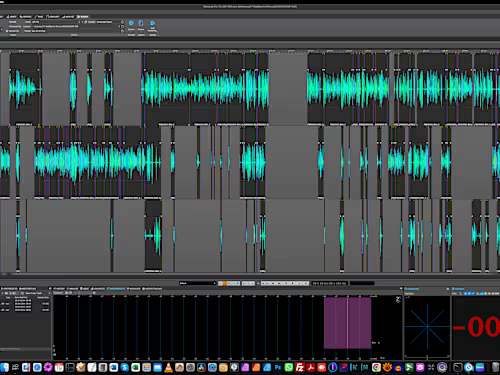
Audio Editing and Producing
Starting at
$
25
/hrAbout this service
Summary
What's included
Final Audio File
The most critical deliverable is the final audio file of the podcast episode. This file is usually exported in multiple formats, such as MP3 and WAV, to accommodate various platforms and listener preferences. The audio is edited for clarity, removing unwanted noises and ensuring consistent volume levels throughout the episode. This process may involve applying effects like compression and equalization to enhance sound quality.
Show Notes
Show notes are another essential deliverable. These notes provide a summary of the episode's content, including key points discussed, guest information, and links to resources mentioned during the episode. Show notes help listeners navigate the content and can improve SEO when published alongside the episode on a website. They also serve as a reference for listeners who want to delve deeper into specific topics covered in the podcast.
Promotional Materials
Promotional materials are created to support the episode's launch. This can include social media graphics, and/or audiograms (short audio clips with visuals). These materials are designed to engage the audience and encourage sharing across various platforms, thus increasing the podcast's reach and listener base.
Industries



